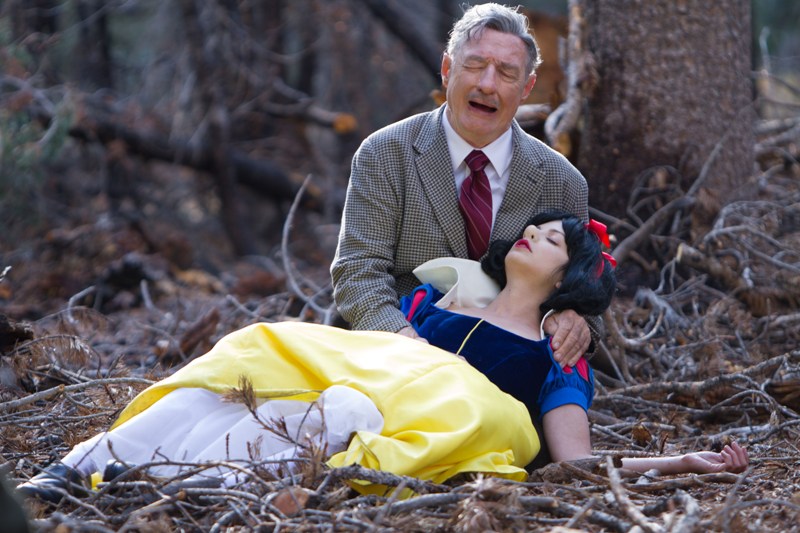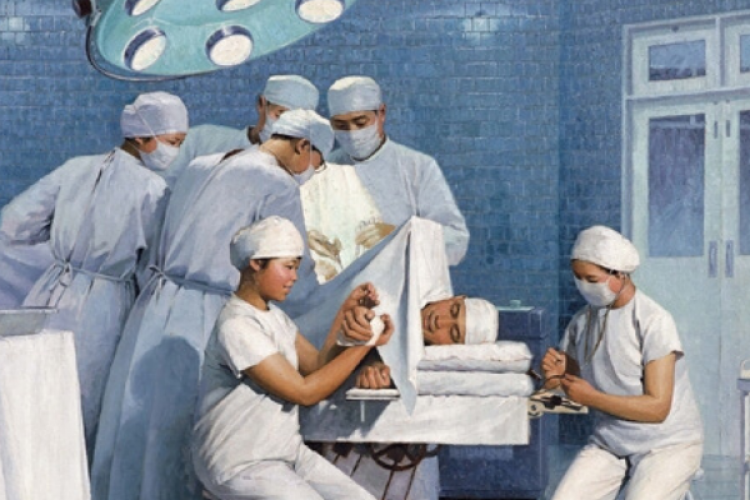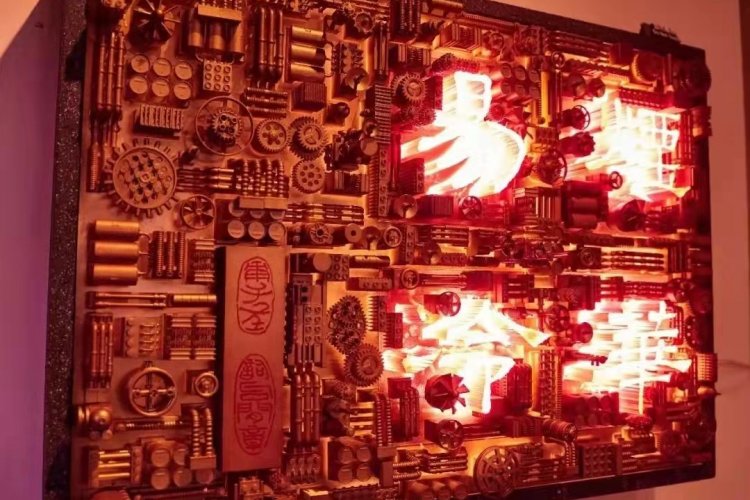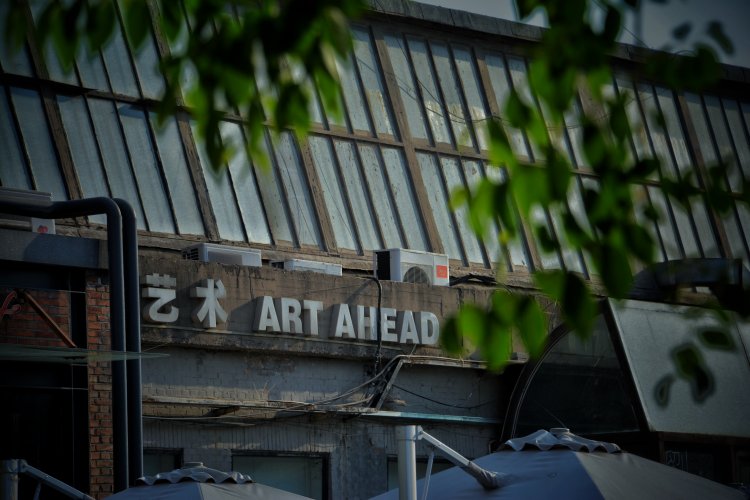Paul McCarthy's 'Innocence' an Exploration of Its Loss Through Physicality
State of the Arts is our regular arts column whereby we take a look at the newest moves in Beijing's creative scene and highlight art news as well as exhibitions, artists, and openings that you should seek out.
Innocence Video Works 1970/2013 is the first show in Asia to bring together a sizable number of works from American artist Paul McCarthy, a fact that propels its raison d’être given that it's far from the usual exhibitions we encounter in mainland China.
The show itself is a tribute to the artist's wide trajectory and whose works not only shed light on his personal journey via a most diversified spectrum of mediums, but is also a historical recount of the “evolution’ of video art itself, of course, through the very particular, if not at times entirely shocking, lens of the veteran artist.
Throughout the exhibition, the concept of innocence is challenged by various unfurling experiments, sometimes hysterical, other times cool and focussed. No matter the outcome, the curator’s statement makes it very clear that innocence cannot be separated “from the narrative of its loss,” an analogy of the methodology that the artist has employed over the many years of art practice.
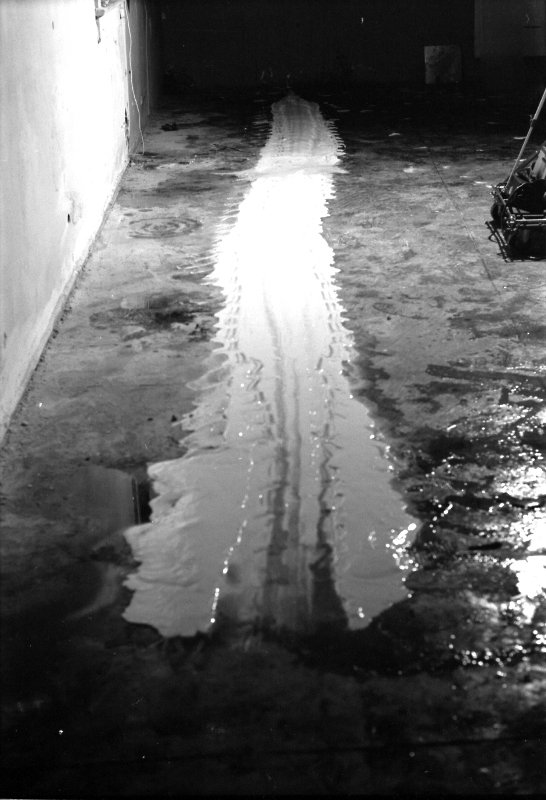
The show encompasses 43 of McCarthy's video pieces that dissect works and themes from the past 50-plus years. Certainly not always an easy watch, the works here are worth taking the time to explore, if not through repeat visits. Now even more than ever as the show it’s reaching its final month at 798's M Woods Museum.
Born in Salt Lake City in 1945, McCarthy’s current image is hard to associate with the person in this myriad of video installations, especially given that he often incarnates as a "main character" who must undertake a Sisyphean task that is unbeknownst to the viewer. However, the now septuagenarian has produced a vast amount of work that challenges the perceptions and sensibilities of many, and this retrospective has no shortage of elements that might agitate those faint of heart.
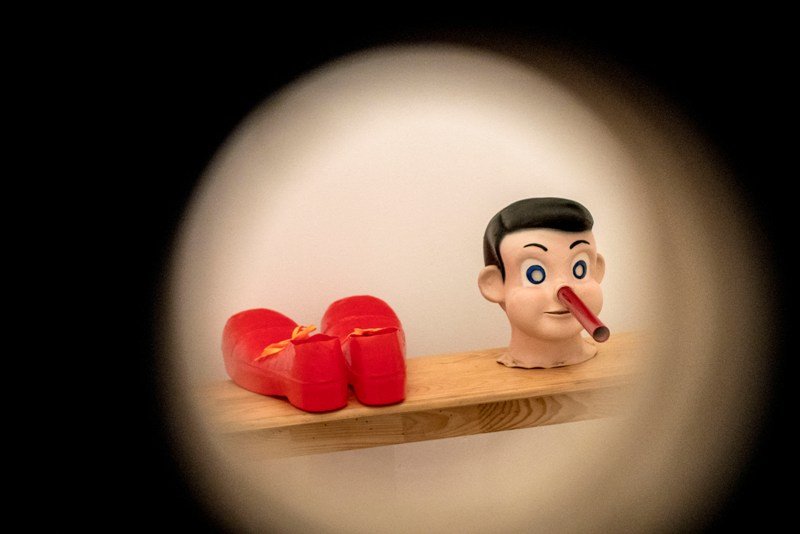
His early influences draw largely from American pop culture, which not only works as an underlying concept but also materializes in the elements that appear in his performances (e.g. ketchup, mayonnaise, and chocolate syrup) as well as Walt Disney character archetypes, B-grade movie aesthetics, and so on.
The artist has been conventionally connected in style to the '60s Viennese Actionists, who were characterized by rejecting object-based art with an emphasis in creating peculiar commodities. The body, therefore, became the ultimate medium, and that outlook particularly resonates with the works of McCarthy, especially in his early work. However, as much as those parallels can be drawn, they only manage to capture a fragment of this graphic oeuvre.
It's also interesting to note that despite the artist’s popularity, he still remains underrepresented within the art establishment mostly due to the boldness of his work and his deft ability to make the viewer more than cringe with his improvised and off-the-hook performances.
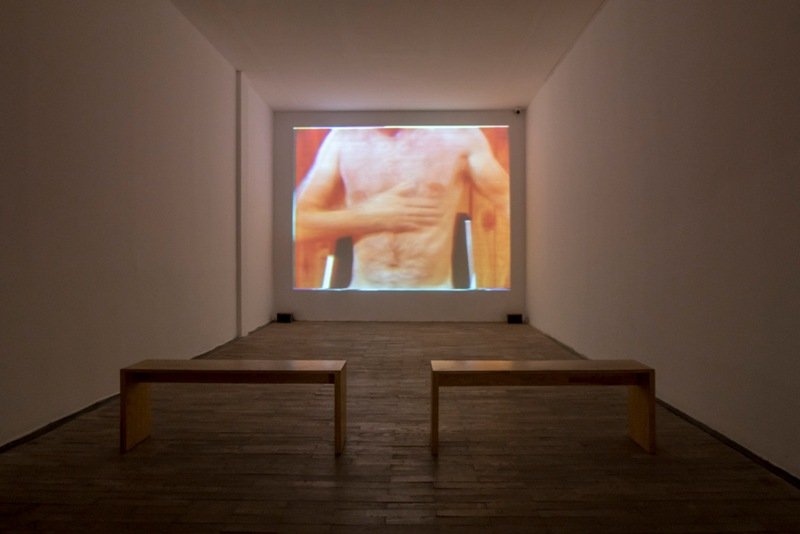
In that way, an all-video retrospective makes the most sense as it manages to most effectively condense the artist’s impactful performances, in which “a piece, is five, six different things at all the same time.” Regardless of the abundance of visual material on display and the lengthy running times of some of the pieces, they successfully manage to hold the attention of the spectator in unexpected, visceral ways, reaching out to shake, confuse, mock, and even potentiate the onlooker's core being. To that end, expect to leave shocked.
Innocence is on display at M Woods until Jun 17. In the meantime, M Woods continues to further elaborate on the exhibition and the artist, which also includes a future closing party, via their official account at MWOODSBeijing.
Images courtesy of M Woods

